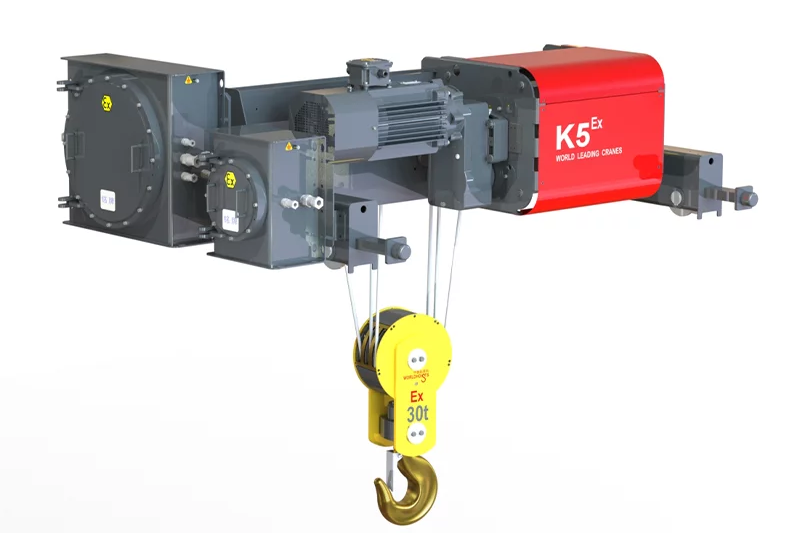Understanding how hoists operate is essential for industries that rely on specialized lifting equipment?for their day-to-day operations. Hoists are mechanical devices designed to lift and lower objects efficiently, utilizing the principles of physics and engineering. By grasping their fundamental components and mechanisms, businesses can ensure they are operating their equipment safely and effectively.
The Core Mechanism of Hoists
At the heart of every hoist is a simple yet effective mechanism. Most specialized lifting equipment operates through a combination of pulleys, chains, or cables. When a hoist is engaged, a motor drives these components, either manually or electrically, generating the necessary force to lift heavy loads.
There are various types of hoists, including electric, manual, and pneumatic options, tailored for specific applications. For example, electric hoists use motors to lift and lower loads with precision, while manual hoists require physical effort to operate. Understanding the differences among these types helps businesses select the right equipment depending on their operational needs and load requirements.
Key Components of Crane Hoists
To appreciate how hoists work, it’s essential to examine the components of crane?systems that support these lifting operations. A typical crane hoist consists of several critical parts: the hook, drum, pulley system, and control mechanism.
- The Hook: This is the component that securely attaches to the load being lifted. It is designed to bear significant weight and has safety features to prevent accidental disconnection.
- The Drum: Often coupled with a cable or chain, the drum is where the lifting material is stored. As the motor rotates the drum, the cable or chain winds and unwinds to raise or lower the load.
- The Pulley System: Pulleys reduce the amount of input force required to lift a load by distributing the weight across multiple segments, allowing for efficient operation in specialized lifting equipment.
- Control Mechanism: Most modern hoists feature sophisticated control systems, allowing operators to manipulate the hoist with precision, enhancing safety and efficiency during operation.
Safety and Efficiency in Hoist Operation
Safety considerations are paramount when operating hoists, especially in high-demand environments such as metallurgy, where high-temperature rated systems are commonplace. Businesses must ensure that their specialized lifting equipment conforms to safety standards and is regularly maintained to prevent malfunctions.
Utilizing equipment with thermal-resistant materials and heat dissipation features is crucial in foundry and metal processing applications, ensuring that the hoist can withstand extreme conditions without compromising performance. Training staff on the proper use and safety measures associated with crane hoists also plays a significant role in mitigating risks and ensuring smooth operations.
Elevate Your Operations with WORLDHOISTS
At WORLDHOISTS, we specialize in providing high-quality hoisting solutions that cater to a variety of industrial needs. Our metallurgy hoists feature high-temperature rated systems constructed with thermal-resistant materials, specifically designed for continuous operation in foundry and metal processing environments. With our deep understanding of the components of crane systems and their operations, we are committed to delivering reliable solutions that enhance efficiency and safety in your workplace. Choose WORLDHOISTS to elevate your lifting operations and experience unmatched performance tailored to your industry’s demands.




